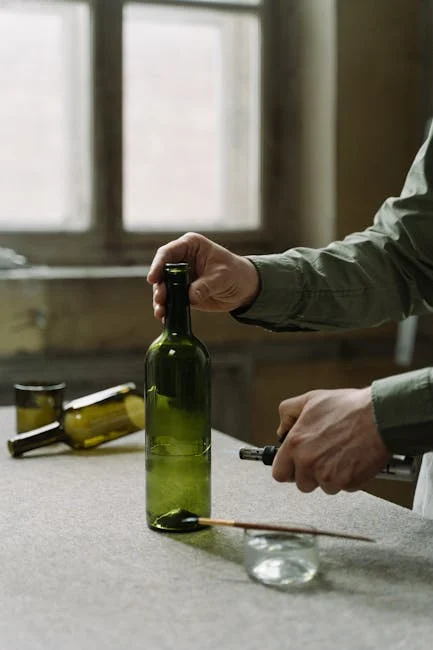Upcycling for Beginners: How to Start Repurposing with Minimal Tools
Introduction
Want to be eco-friendly and creative without breaking the bank? Upcycling is the perfect solution! It’s the art of transforming discarded materials into something new and useful, giving them a second life. This guide is for beginners, showing you how to start upcycling with minimal tools and maximum impact.
Getting Started with Upcycling
Understanding Upcycling
Upcycling is more than just recycling; it’s about adding value to materials. Instead of breaking them down, you’re transforming them into something better, often more beautiful or functional. Think turning old t-shirts into reusable shopping bags or glass bottles into stylish lamps.
The Benefits of Upcycling
- Reduces Waste: Keeps items out of landfills.
- Saves Money: Creates unique items without buying new.
- Boosts Creativity: Encourages problem-solving and artistic expression.
- Environmentally Friendly: Reduces demand for new resources.
Essential Tools for Beginner Upcyclers
You don’t need a fully equipped workshop to start upcycling. Here are some basic tools to get you going:
- Scissors/Utility Knife: For cutting fabric, paper, or plastic. A sharp pair of scissors and a reliable utility knife are essential.
- Glue Gun/Craft Glue: For bonding materials together. Opt for a low-temperature glue gun for safer use.
- Sandpaper: For smoothing rough surfaces. Different grits are helpful.
- Paint/Markers: For adding color and designs. Acrylic paints and permanent markers are versatile options.
- Measuring Tape/Ruler: For accurate measurements.
- Sewing Needle & Thread (Optional): For basic sewing projects.
Upcycling Project Ideas for Beginners
Transforming Old Clothes
Clothing is a readily available resource for upcycling projects. Here are a few ideas:
- T-Shirt Tote Bags: Cut off the sleeves and neckline, then sew the bottom shut.
- Denim Patchwork: Create blankets, bags, or pillow covers from old jeans.
- Sock Puppets: A fun and easy project for kids.
Repurposing Glass Jars and Bottles
Glass containers are incredibly versatile. Consider these projects:
- Painted Vases: Add color and patterns to plain glass jars.
- Storage Containers: Organize pantry items or craft supplies.
- Candle Holders: Add sand and a tea light for a cozy ambiance.
Breathing New Life into Furniture
Don’t throw away that old chair or side table! Upcycle it!
- Repainting: A fresh coat of paint can transform any piece of furniture.
- Adding New Hardware: Replace knobs and pulls for a modern look.
- Upholstering: Learn basic upholstery techniques to revamp chairs and benches.
Tips for Successful Upcycling
Safety First
Always prioritize safety when upcycling:
- Wear safety glasses when cutting or sanding.
- Use a cutting mat to protect your work surface.
- Work in a well-ventilated area when using paints or adhesives.
Start Small
Begin with simple projects to build your confidence and skills.
Plan Your Project
Before you start, sketch out your idea and gather all necessary materials.
Don’t Be Afraid to Experiment
Upcycling is all about creativity. Don’t be afraid to try new things and learn from your mistakes.
Source Materials Responsibly
Check your local thrift stores, garage sales, and even your own home for upcycling materials.
Conclusion
Upcycling is a rewarding hobby that allows you to express your creativity while reducing waste. With a few basic tools and a little imagination, you can transform discarded materials into beautiful and functional items. Start small, stay safe, and enjoy the process of giving new life to old things!














Post Comment